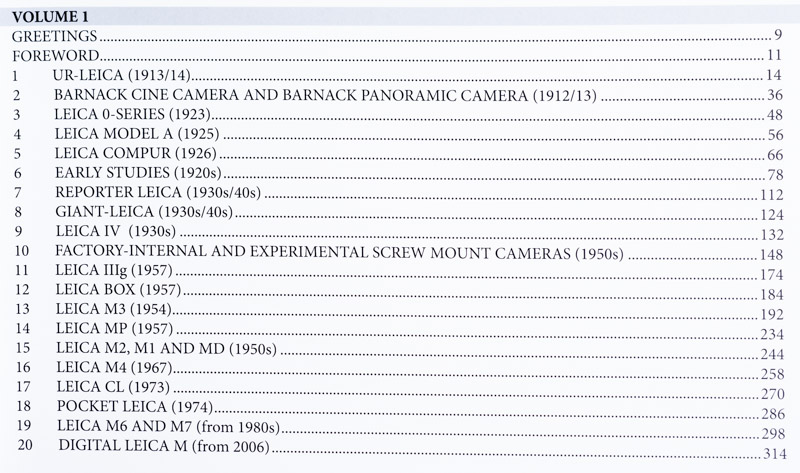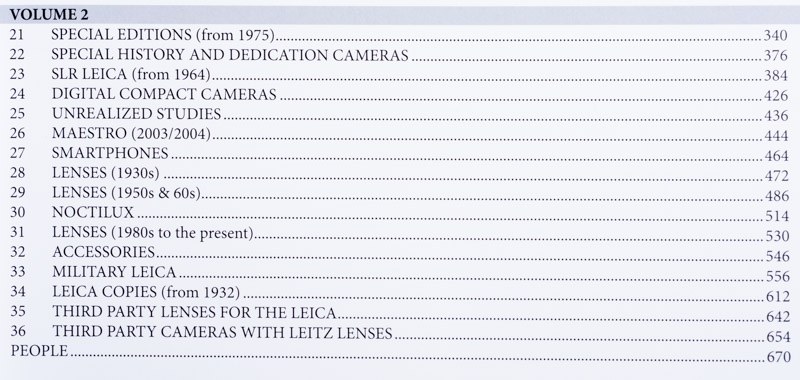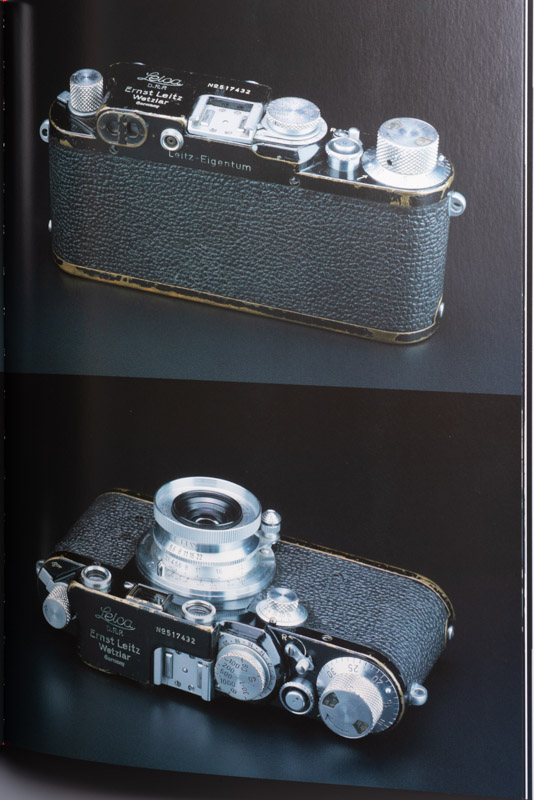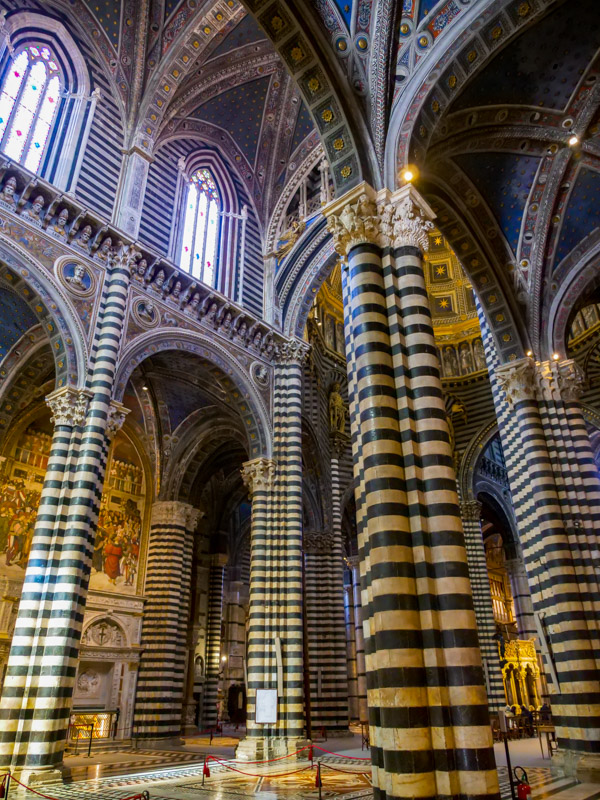The Leica Q2 has captured the sweet spot in the lineup of Leica cameras. It’s priced in the middle of their line of cameras and it has just the right amount of features that entice most people to the Leica brand. It is a minimalist camera ( for a digital ) that takes great pictures and is fun to use. It is similar to the original Leica Q that it replaces but fixes and refines what has turned out to be a good selling and well respected camera.
The biggest changes are a jump to a 47MP sensor, a new 3.68MP OLED EVF, and being sealed against dust and moister. It has revised camera controls on the back that are similar to the Leica CL, a lockable eyepiece diopter adjustment, and a larger battery that is shared with the Leica SL. With all the talk about what has been added, I’m surprised there is not more opinions on what was not deleted. The Leica Q2 still has video recording capabilities. After the Leica M10 dropped video I thought the Q2 would become strictly a stills camera.
The lens is the same 28mm 1.7 ASPH Summilux from the previous camera. It has 11 elements in 9 groups with 3 aspherical elements. This is a sharp and well corrected lens. It really is like buying a lens and getting the body for free. As shown by the popularity of the iPhone the 28mm lens is a great choice for casual snapshots. The focus range is from infinity down to 30cm. When switched to Macro mode the lens focuses down to 17cm.
The new sensor is 47.3MP controlled by a new Maestro II image processor. With the larger sensor comes the ability of the camera to do another in camera crop if needed. The ability to crop at 75mm has been added to the previously available 28mm, 35mm, and 50mm settings. This gives the following resolutions: 28mm-47mp, 35mm-30mp, 50mm-15mp, 75mm-7mp. The ISO range is 50-50000. The dynamic range is 14 stops with a color depth of 14 bits.
The viewfinder has the same resolution at 3.68MP but is now OLED instead of LED. What that means is a sharper image and truer color fidelity. Comparing the Q1 and Q2 viewfinders the difference can be plainly seen. Also the diopter has been modified. The diopter adjustment is now to the right of the eyepiece. When pushed in it pops out so that it can be adjusted and is pushed back in to lock the setting. Much better that the previous method.
Because the new processor requires more energy the battery has been changed. The Leica Q2 now uses the same battery as the Leica SL. This enable the camera to take about 370 shots per charge. Depending on how trigger happy you are you might want to invest in an extra battery. The battery and SD cards are now accessed separately.
The camera is not waterproof. It can not be submerged and used underwater. It is only dust and spray resistant. So that the camera can be sealed from the elements the designers have removed the USB and HDMI ports from the camera. This further limits the camera’s usefulness as a video machine. Further proof the video capabilities should have been dropped.
With Leica trying to standardize on one app for files transfers to phones and tablets synchronization with the Leica FOTOS app has been modified. The camera has added Bluetooth. This should improve the connection between the camera and the app. It will be nice to tag our photos with a GPS location. The FOTOS app has had mixed reviews so far. Some are having connection and slow transfer problems. For me it has worked as advertised.
As far as usability goes there are a few changes. The back of the camera now functions like a CL and a M10. Only the PLAY, FN, and MENU buttons as well as the D button with directional arrows. A much cleaner interface. On the top the camera on/off switch has removed the continuous option. The shutter button is also a little larger. In case your wondering the 2nd FN button is hidden in the center of the thumb wheel. It’s default function is to adjust the ISO but this can be changed in the MENU setup. The aperture and macro rings are a little bit larger for better handling.
There is no other way to say this, the Leica Q2 is fun to use. It’s simple to operate and gives fantastic results. I enjoy the quick turn of the macro ring to get all of those closeup that I couldn’t take with my M10. The camera is so light it is a joy to carry it all day. The autofocus is really fast and accurate. I can’t say enough about how I love the quality of the lens. The images are easy to work with in Lightroom and Photoshop. I have already made a number of large prints that look spectacular. I have already adjusted my workflow because of this little camera. I now carry a M10 with 50 Summilux, a 50 Noctilux, and the Q2. This combo will take 95 % of the shots that I want to take.
































